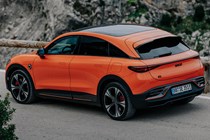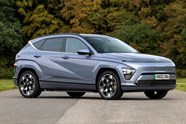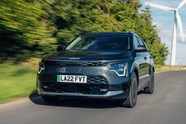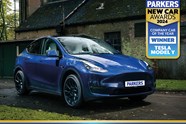
Smart 3 SUV review
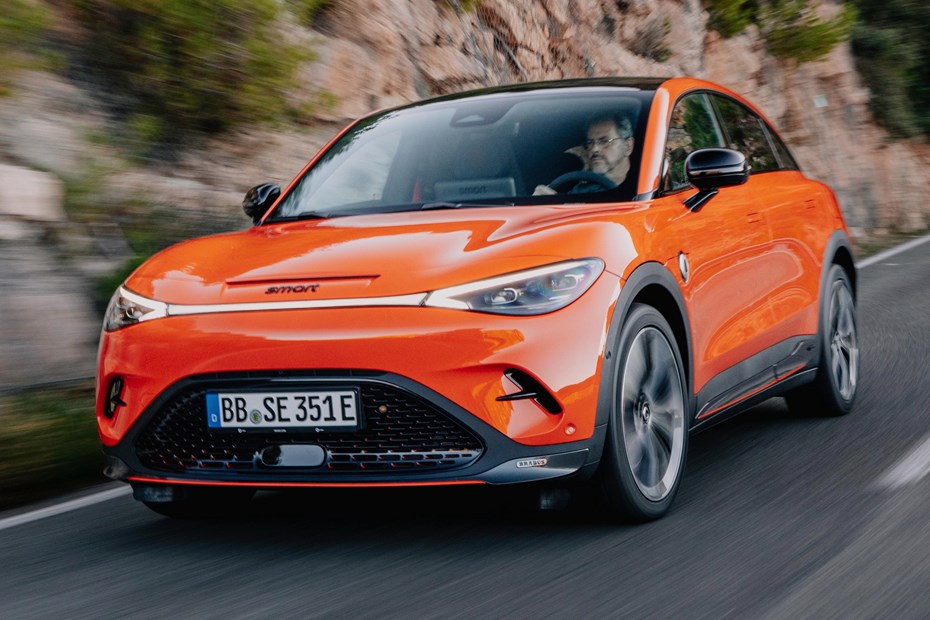
At a glance
| Price new | £32,950 - £45,450 |
|---|---|
| Road tax cost | £0 |
Get an insurance quote with

|
|
| Fuel economy | 2.2 - 2.4 miles/kWh |
| Range | 202 - 283 miles |
| Miles per pound | 3.5 - 7.1 |
| View full specs for a specific version | |
Available fuel types
Fully electric
Pros & cons
- Enjoyable handling
- High-quality interior
- Well-equipped
- Small boot
- Not hugely efficient
- Pricier than more practical #1
Smart 3 SUV rivals
Overview
With the traditional two-door coupe almost at the death rattle stage of its life, it’s cars like the Smart #3 that have picked up the style baton. Starting with one of the best electric SUVs available for the money, Smart has lowered the suspension, chopped the roof and angled the tailgate to create a four-door coupe SUV.
To make sure it’s still reasonably practical, the seats are mounted lower to give more headroom, while it’s also longer to make sure the legroom doesn’t then shrink. Like the #1 SUV, you can get the #3 in single or twin motor flavours, and there’s also the choice of two battery capacities.
Rivals include the similarly priced and slopingly-roofed Tesla Model Y, a regular feature on the UK’s best sellers list. At this price, there’s also the related Hyundai Kona Electric and Kia Niro EV, although they are more conventionally shaped. While bigger, you might also consider the keenly priced Skoda Enyaq Coupe, too.
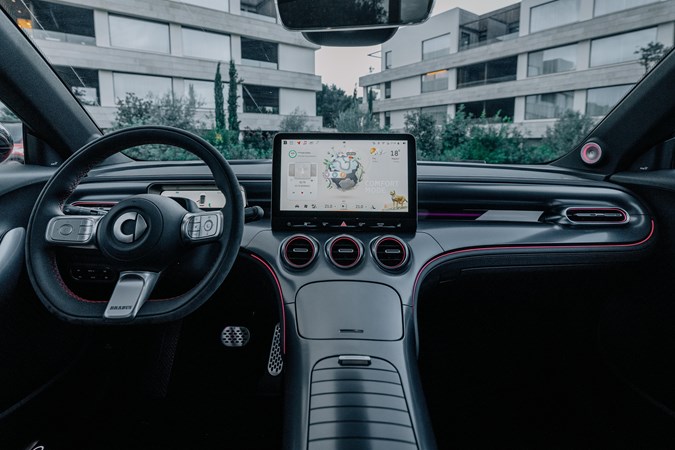
What’s it like inside?
The #3’s dash will be familiar to anyone that’s peered inside a #1. That’s a good thing as quality impresses, with lots of supple plastics, appealing details and a solid overall feel to the build. It’s certainly a step up from the Hyundai Kona Electric in terms of quality and isn’t quite as drab as versions of the Niro and Enyaq.
Almost all of the controls are dealt with by the central 12.8-inch touchscreen infotainment system, while instruments are taken care of by a 9.2-inch screen. A 10.25-inch head-up display is also standard on Premium models and up, with all possessing sharp graphics.
The infotainment screen’s menus will require some acclimatisation, but the system is responsive and icons largely easy to hit. We appreciate the physical steering wheel buttons, but a few more on the dash to control key functions like the heating would be welcome.
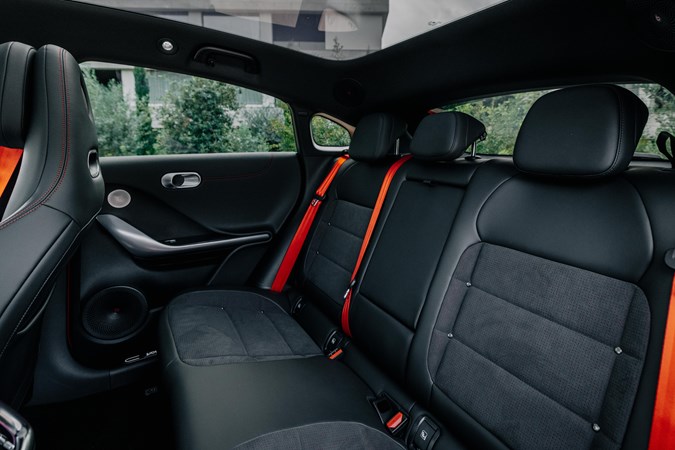
A panoramic roof is standard, but it relies on a tint instead of a blind to stop the interior cooking. This not only saves weight, but also helps with headroom, too. Indeed, even taller adults will find plenty of bonce clearance, and the front seats go back a long way to accommodate long legs.
Unlike the #1, there’s no sliding or reclining rear bench in the #3. That shouldn’t be an issue for rear seat passengers as legroom is good for this size of SUV while headroom is still acceptable. Yes, the roof is closer to your head than its sensible sibling, but this is still a car that’ll accommodate four six-footers, while a fifth should squeeze in without too much grumbling. The boot is a hatchback-sized 370-litres, nearly 100-litres down on the more practical Kona Electric, let alone the Model Y’s vast cargo area.
Comfort
The #3 has a fundamentally sound driving position with sufficient adjustment for the seats (electric on all models) and steering wheel. We had no aches and pains after a full day behind the driver’s seat of our Brabus test car, and our experience of the #1 suggests the regular seats will be comfy, too.
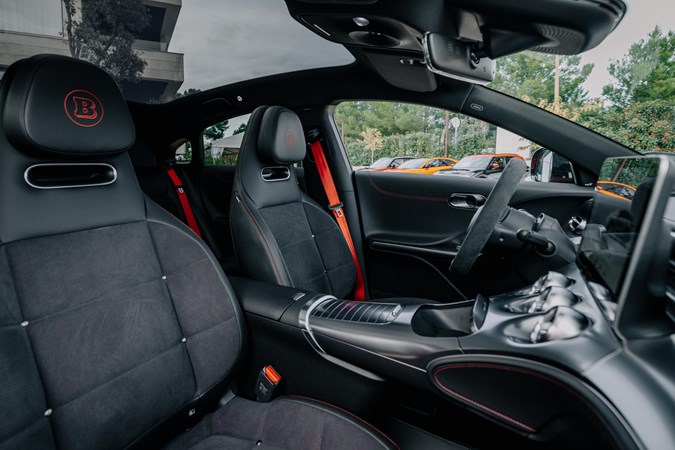
Heated seats are standard on all models, and a heated steering wheel will be available. You’ll also be able to get ventilated seats, although only on top Brabus trim.
Safety
Euro NCAP are yet to test the #3 although the closely related #1 performs very well. It achieved the full five stars in 2022 scoring particularly well for adult occupant protection. Its child protection and safety assist scores also impress, making it a tempting family car.
All #3s get a suite of safety assist tech. This includes automatic emergency braking, lane assist, adaptive cruise control with steering assist and blind spot detection. There’s also front and rear parking sensors and a 360 degree camera to help prevent low speed scrapes.
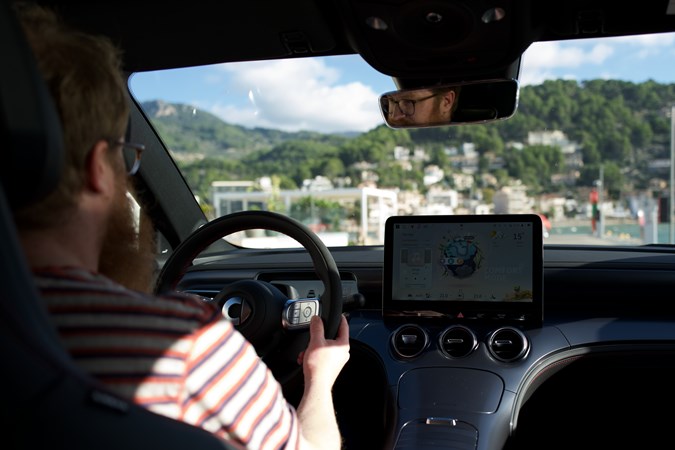
What’s it like to drive?
So far we’ve only experienced the top twin motor Brabus version of the #3 that only comes with the biggest battery. With 428bhp, it scoots from 0-62mph in a mere 3.7 seconds, although like the rest of the range it’s capped at 112mph. All single motor #3s require a still quick 5.8 seconds to get from 0-62mph, making it more than enough for most folk.
Launch control is trickier to activate in the #3 Brabus than other EVs, but even just stamping on the throttle generates rapid acceleration. In the dry there’s little drama, the tyres just gripping and firing the #3 forwards at a rate that certainly tallies with the claimed performance. Country road overtakes are the work of moments, although combustion engined rivals feel faster as you move beyond legal speeds.
Unlike the #1, attempts have been made to differentiate the driving experience between regular and Brabus models. The downside is that it’s firmer, relaying more of the road’s surface to your posterior. Even so, vicious potholes don’t cause it to crash or thud, the suspension erring on the comfortable side of sportily firm.
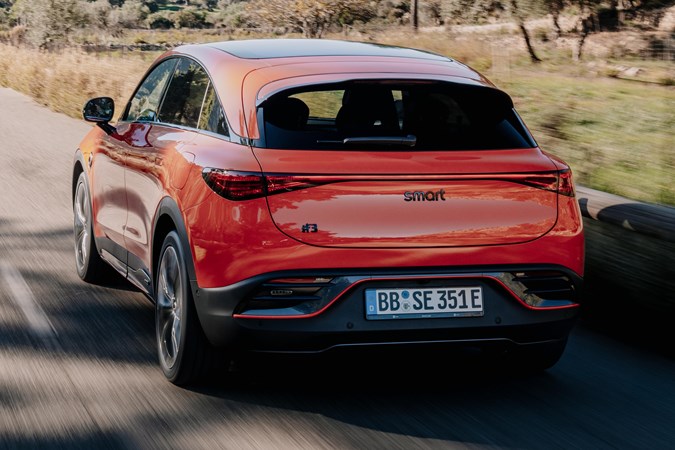
It’s certainly worth it for the upside. Where the #1 Brabus feels soft and squidgy as you turn into corners and scrappy as you power out, the #3 Brabus is good fun. More tightly controlled suspension and the reduction in height make it feel keener to dive into a bend with less lean and greater control.
It’s also more consistent on the way out and pleasingly rear biased. It won’t do anything lairy, but it does tighten its line under power, especially with the ESC off. In other words, it’s as fun as the MG4 XPower is disappointing.
The response and linearity of the brake pedal builds confidence, and even after some hard use on the way down a mountain, they stayed fade free. You can pick three different weights for the steering, with the medium setting our preference, while precision is good regardless of how it’s set.
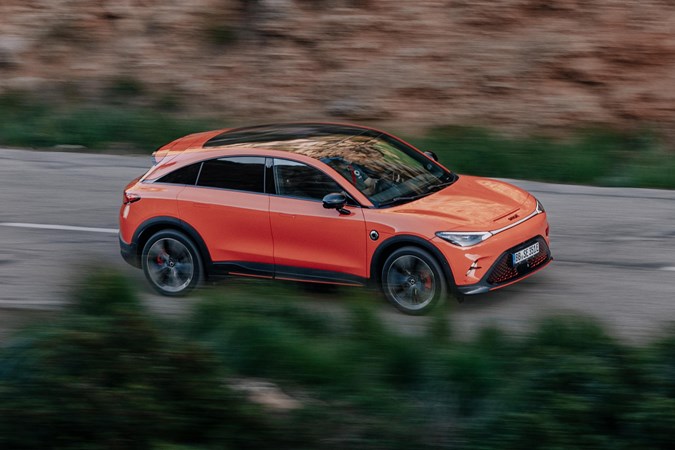
Range and charging
Entry-level Pro models get a 49kWh battery pack that’s good for a claimed WLTP combined range of 202 miles. It’ll recharge from a typical 7.4kW home wallbox in around five and a half hours, with a 130kW rapid charge taking it from 10-80% in less than 30 minutes.
Step up to the Pro+, Premium or 25th Anniversary and you get a bigger 66kWh battery powering the same rear-mounted electric motor. Pro+ will do 270 miles, while the other two do 283 on account of their standard heat pump boosting efficiency. It’ll rapid charge in less than 30 minutes as well thanks to 150kW charging, but takes around seven and a half hours at 7.4kW. Premium and 25th models gain 22kW AC charging which drops that time to less than three hours.
Finally, the Brabus shares its battery and charging specs with the Premium and 25th but won’t go as far. Those twin motors reduce the official range to 258 miles. Expect to do significantly less if you enjoy yourself.
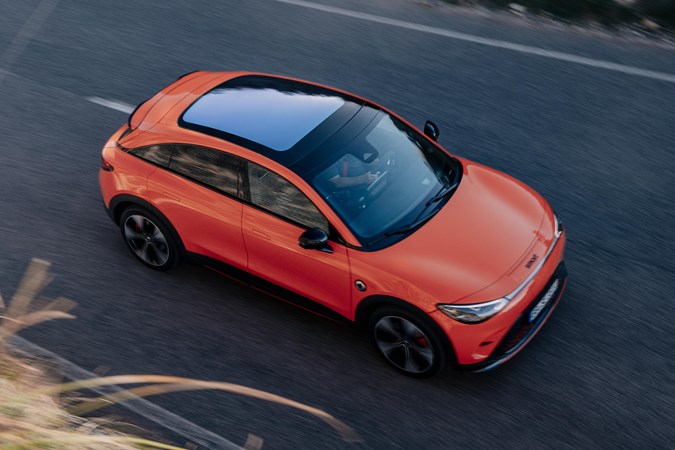
What else should I know?
The #3 is slightly more aerodynamic than the #1, giving it a slightly longer range despite using the same batteries and motors.



